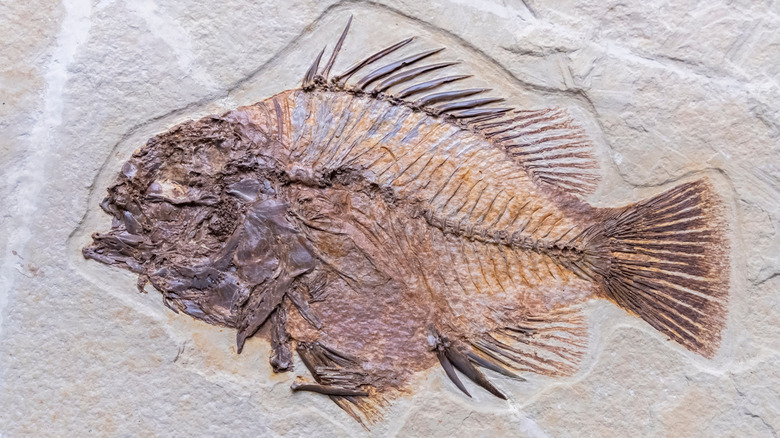The Origin Of Human Ears Is Still Very Much A Mystery
Even though you don't think about them much as you go about your day, your ears play a major role in enabling you to function. Aside from hearing, they are also crucial for maintaining the body's balance. There are also surprising things your ears can reveal about your health, such as an undetected injury, an infection, or even an elevated risk of heart disease. (Learn more about ear infections here.)
The ears themselves are mysterious in many ways. For example, did you know that your ears don't stop getting bigger as you age (though it's not because they're continuously growing)? To be more precise, because the outer ears are made up of flexible cartilage, gravity slowly but steadily pulls them down by a barely noticeable amount.
Scientists aren't completely sure why our ears are built the way they are. But two recently published studies are helping us understand why humans and other mammals have external ears (which amphibians, birds, and reptiles lack) — and, curiously, why we might have to thank our aquatic ancestors for them.
The unusual cartilage shared by mammals
Authors of a 2025 study published in the journal Science shared that they discovered a unique type of lipid-rich cartilage that is "stiffer and more durable than fat, but more pliable than ordinary cartilage from the knee and ribs" (via Science).
Prior to this, experts only knew of three kinds of cartilage: hyaline (the most common type, found in the joints and on bone ends), elastic (found in the larynx and outer ears), and fibrocartilage (found between the vertebrae and in the knee joints). The new "fatty cartilage" was discovered by accident when chemical drying of a tissue sample obtained from a mouse revealed "telltale gaps" that point to the presence of lipids (which are typically scant in cartilage-making cells). Upon closer investigation, the researchers detected the new cartilage in the subject's nose, sternum, and larynx — and in other mammals as well.
According to study co-author Maksim Plikus, the cells in the firm yet flexible cartilage work "like natural LEGO blocks," and are structured in a way that may provide additional benefits (such as improved hearing in bats). Apart from serving as another piece of the puzzle that is human ear evolution, this new discovery offers hope for future restorative facial and neck cartilage surgeries.
Did human ears evolve from prehistoric fish gills?
Meanwhile, a 2025 study published in Nature traced the possible evolutionary roots of the outer ears of mammals, a mystery that is difficult to crack because cartilage generally doesn't make it through the fossilization process.
By comparing the genetic development of human ear cartilage to that of zebrafish, the researchers found striking similarities between the patterns in the former and gill tissue from the latter. They also noted that these specific parts — from two entirely separate species — shared certain genetic sequences, establishing that mammalian ear development and fish gill development follow the same protocols at the cellular level. Moreover, after comparing the zebrafish tissue to gill tissue obtained from horseshoe crabs (still-living vertebrate relatives that have changed very little over the last 300 million years), the authors found similarities (and even a degree of interchangeability) in the two animals' gene receptors.
In other words, it's likely that mammalian outer ears followed an existing genetic blueprint from our prehistoric piscine progenitors. As study co-author J. Gage Crump explained (via Science), "Our ears are potentially the evolutionary remnant of the first cartilage that existed."
(You may also want to read about the unexpected origins of human fingernails.)


